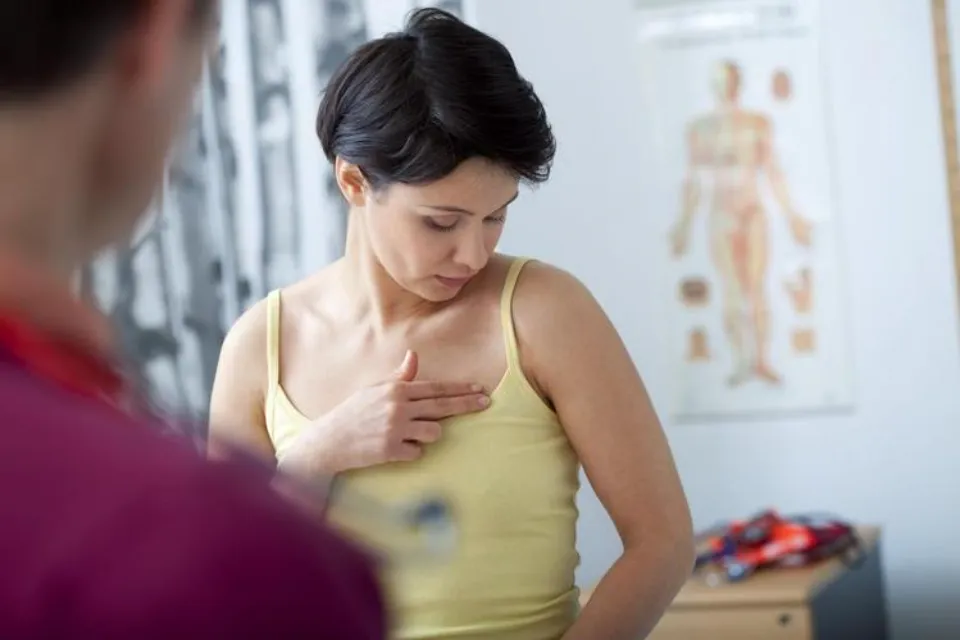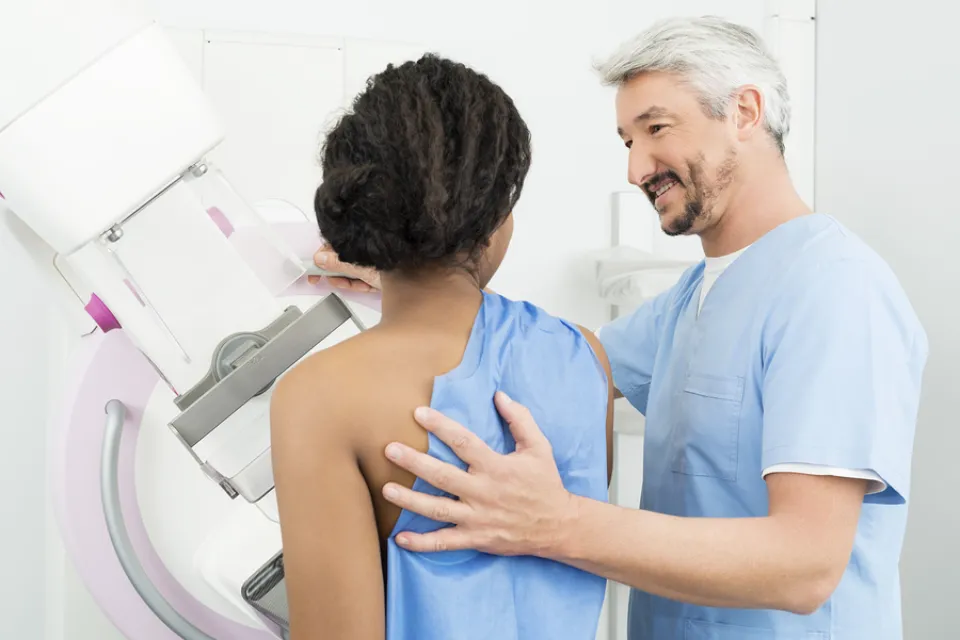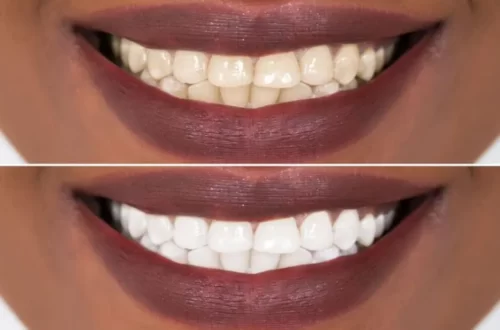
Signs Of Infection After Breast Reduction – Post Breast Reduction
For people with excessively large breasts, a surgery known as breast reduction is an option. Nevertheless, it is crucial to be alert to any potential infection symptoms following surgery.
In this article, we’ll talk about the typical symptoms of infection after breast reduction surgery, as well as possible treatments.
People can ensure a quick recovery and lower the risk of complications by spotting the warning signs early and taking the necessary action.
What Happens After Breast Surgery?

Gynaecomastia, breast lift surgery, breast reduction surgery, or breast augmentation surgery are all forms of breast surgery. Any procedure you have comes with a set of recovery conditions that you can anticipate.
- Pain and discomfort: It’s normal to feel uncomfortable after breast surgery. Depending on each person’s pain tolerance, the extent of the procedure, and skin type, the level of pain varies from person to person. Painkillers should make it simple for you to control the pain and discomfort. Most people report feeling like they are “sunburnt” on the chest. As the skin stretches, this sensation develops.
- Swelling and bruising are common side effects of having breast surgery and are part of the healing process. One breast or both breasts could be swollen. Additionally, the torso can be bruised, as well as the breasts’ surrounding areas.
- Drainage from the breasts: On the first day, a small amount of drainage from the incision site is typical. But if the drainage is excessive and lasts for several days, you should let your plastic surgeon know.
- The breast will feel tender to the touch for the first month after the procedure. Your breasts will feel swollen and tender to the touch. You absolutely must refrain from any physical contact for at least six weeks.
Read More: Is A Breast Lift Necessary After Implant Removal
Signs of Infection After Breast Reduction

Certainly, here are the signs of infection after breast reduction surgery:
- Redness And Warmth
The incision site may be red and warm to the touch if it is infected. The itching or burning sensations could be present, and the redness might extend beyond the incision site.
- Swelling And Inflammation
An infected area may develop swelling and inflammation, which might get worse over time. The arm on the affected side may find it difficult to move due to the swelling, which can be painful.
- Pain And Tenderness
Following breast reduction surgery, pain and tenderness at the incision site are frequent. It might be an indication of an infection, though, if the pain or tenderness persists for a long time or gets worse.
- Fever
Fever is a typical indicator of infection. Following breast reduction surgery, a patient’s fever may be a sign of an underlying illness.
- Pus Or Drainage From The Incision Site
Infection is evidently manifested by pus or drainage from the incision site. If this happens, it’s crucial to get medical help right away.
- Foul Odor
It’s possible for an infected incision site to smell bad. The incision site may discharge in addition to this odor.
- Delayed Healing
An infected incision site might require more time than usual. A patient may have an infection if they notice that the area around their incision is not healing as quickly as they had hoped.
- Increased Heart Rate
The heart rate may quicken due to an infection. Following breast reduction surgery, an elevated heart rate in the patient may be an indication of an infection.

How is Breast Fat Necrosis Diagnosed and Treated?
Breast fat necrosis can be identified by a thorough breast exam or, if it presents as a breast lump, by a mammogram. Aspiration of the lump (a.k.a. removing the fluid inside) with a fine needle may be necessary, or a biopsy may be taken.
A fat necrosis usually goes away on its own after a certain diagnosis, so no treatment is usually necessary. Whether or not you have been given a fat necrosis diagnosis, it is important to keep in mind that any changes to your breasts should always be discussed with your doctor as soon as possible.
Infection of Surgical Incisions
Infection of a surgical wound following plastic surgery is not only risky, but it can also have a negative impact on the aesthetic results. In the hands of a skilled, board-certified plastic surgeon who performs procedures in facilities that are fully accredited, this complication is uncommon (less than 1% by most estimates). Unfortunately, infections may be more likely when patients travel abroad for budget cosmetic surgery as “medical tourists.”
If you experience fluid leakage from an incision site, it’s crucial to first see your original plastic surgeon for a diagnosis and examination.
Reputable plastic surgeons screen patients for risk factors, prescribe preventative antibiotics, use surgical drains to remove fluid buildup at the site, and advise you on proper post-operative care, which includes keeping the surgical wound clean and limiting your physical activity to avoid irritating incisions.
What Should I Look for After My Plastic Surgery?
It’s crucial to understand what to do following plastic surgery to lower the risk of infection. Understanding the symptoms of infection is also essential.
If you experience any of these symptoms, it is important to contact your plastic surgeon as soon as you can:
- Body temperature higher than 101.5°F
- Continuous or increased pain in the incision site
- Continued redness or warmth at the incision site
- Bad or foul smell coming from the incision site
- Any pus or clear liquid discharge from the incision site
Conclusion
Many patients who undergo breast reduction surgery report that it has changed their lives, but there is also a chance that they will become infected. Following breast reduction surgery, patients should be aware of the symptoms of infection, including redness, swelling, fever, and drainage. They should also take precautions to avoid infection, including maintaining good hygiene, taking prescribed antibiotics, and taking care of the incision site.
If an infection does occur, it must be treated right away to avoid serious repercussions. Patients can lower their risk of infection and have a safe and effective breast reduction procedure by accepting these precautions and getting the care they need.





Average Rating